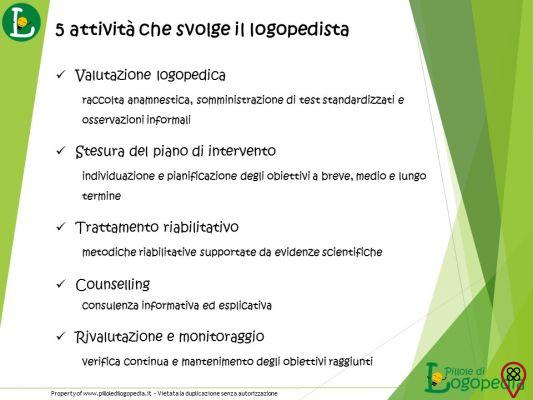We can define music therapy as the use of music and all its components (melody, rhythm and harmony) in order to promote and facilitate relationships, communication, mobilization, learning, organization, expression and several other relevant aspects. therapeutic objects, to meet the emotional, social, mental, physical and cognitive needs of individuals undergoing treatment.
This technique came into use in the XNUMXth century, shortly after World War II. Professionals of this art and amateur musicians got together and began to play in hospitals in the United States and in European countries. That's when nurses and doctors began to notice significant improvements in the health and well-being of the patients who were there.
In the 60's, the benefits of this therapy began to be studied and, currently, it is used in the restoration and development of people's potentials and functions so that, in this way, they can achieve an improvement in their quality of life, through rehabilitation, disease prevention and treatment.
The vast majority of patients are autistic, mentally handicapped, elderly, pregnant, or individuals who have cerebral palsy, motor difficulties, psychiatric problems, mentally handicapped and/or emotional difficulties.
The work can be done in the office, through an autonomous process, or together with multidisciplinary health teams, such as psychologists, educators, doctors, speech therapists, physiotherapists and occupational therapists.

In most cases, it is the patient himself who sings, plays the music and dance instruments, along with the therapist musician. The way this professional interacts with his patient basically depends on the methods used and the main objectives of this work.
According to neuroimaging studies, when sounds come into contact with our brain, the pattern of brain waves changes, and some regions of our gray matter are activated, for example, the hypothalamus, which controls our mood and appetite, the hippocampus, responsible for increasing memory and the thalamus, responsible for the interpretation of sensations.
There are also benefits in our musculature. When songs are well selected, our body releases neurotransmitters, such as endorphin, which cuts through pain, and dopamine, responsible for the sensation of pleasure. In this way, contractions and the state of pain are minimized.
When we listen to songs that have calmer melodies, we start to breathe in and out more slowly, reducing stress, stimulating the heart to beat more slowly, and also causing blood vessels to relax and lower blood pressure.
Did you know that music can also help children learn at school? Read more on the website: Music in the world and in school learning.
- Text written by Flávia Faria from the Eu Sem Fronteiras Team.

























